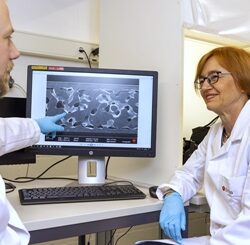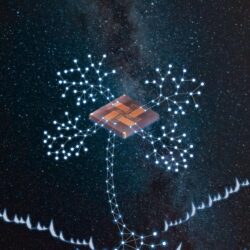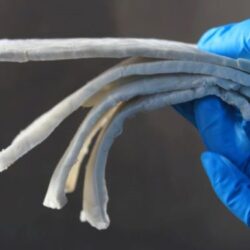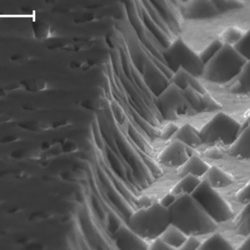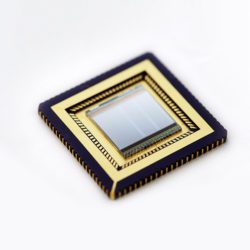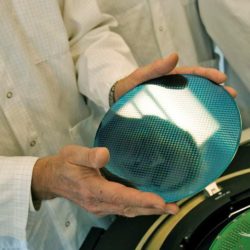Nanostructured joining materials for the next generation of microelectronics
Electronic components are becoming smaller, more complex and more powerful – this calls for new solutions for joining them. An Empa team is developing nanostructured joining materials for the next generation of microelectronics and other demanding applications. Gordon Moore was right. In April 1965, the US engineer and later co-founder of Intel predicted that the Read more about Nanostructured joining materials for the next generation of microelectronics[…]
